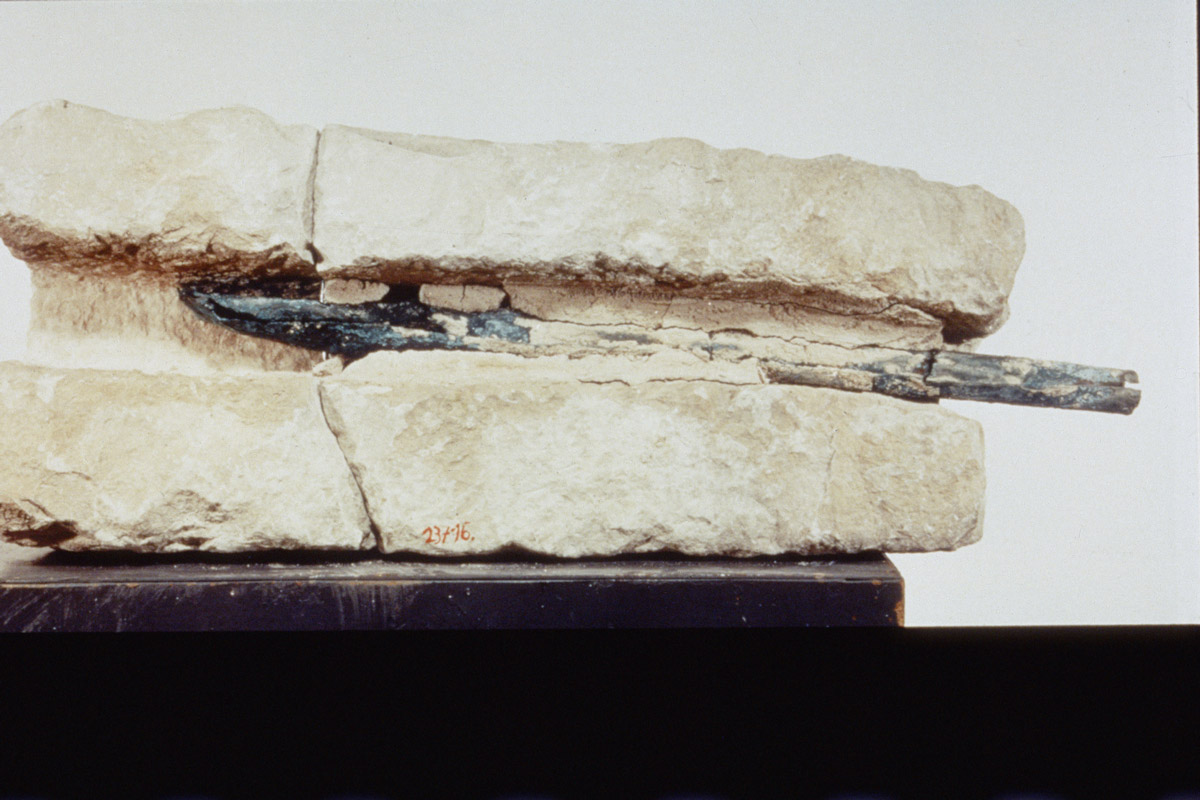History
Metal of mankind
Copper, one of the first metals known to mankind, was already used in the Stone Age over 10,000 years ago. Archaeological finds documenting this age were found in southern Anatolia in the early Stone Age settlement of Catal Hüyük.
After “stone”, copper was the only metal for making tools for thousands of years and was also used by craftsmen to make jewellery. Apparently, knowledge of copper spread to other countries of the Old World only considerably later, probably starting from Anatolia. In Egypt, weapons and tools made of copper were produced and used in considerable quantities around 4000 BC. The Egyptians conducted extensive state mining of malachite and azurite on Mount Sinai from 3200 to 1160 BC. In the temple of Sahuré, a 400 m long water pipe made of copper was laid as early as 2500 BC. Copper objects, especially household utensils, jewellery and weapons, were found in several cultural centres before 3000 BC. Finds of the same age are distributed among the Near East, Egypt, the Aegean, Central Asia and China. The trade in copper and objects made from it can already be proven at this time by similar finds. After copper was shaped by simple hammering at the beginning of its discovery, copper was already melted and cast into moulds at this time. Preserved Egyptian furnaces made of sandstone and crucibles bear witness to this.

The decisive factor for the use of copper was that it was available in large quantities in many places.
The Copper Age
In the early days, natural weathering and erosion gradually exposed ore deposits. The natural, native copper, which occurs in the upper areas of copper ore deposits, was used above all. Over the centuries, people learned to handle the metal better and better and to treat it in many different ways – for example by hammering, heating, casting or mixing (alloying) it with other metals such as lead, silver, zinc or tin. The discovery that copper and tin could be combined well even gave its name to an entire epoch: the Bronze Age. The Bronze Age began around 3500 B.C. While the first bronzes still had a very low tin content, by 2500 B.C. this had reached around 15 %. Finds from Thailand prove the existence of bronze as early as about 4500 B.C. In Central Europe, the Bronze Age is dated to 2000-800 B.C. Copper was mined in the Bronze Age. Copper was extracted in the Bronze Age by so-called fire-setting. In this process, the rock was made friable by wood fire and burst off to form hollow domes. The first occurrence of the alloy brass is dated to the 3rd millennium through finds in the Babylonian Empire. However, it is estimated that copper was already known 7,000 years earlier than tin. That is why the period between the first use of copper and the use of bronze is also called the Copper Age. It began with a few kilogrammes of metal, worldwide perhaps with a few hundred kilogrammes. However, the Copper Age cannot be assigned to a specific period in history. In Europe, copper appeared in the later Stone Age. It was not only imports from more developed countries. As numerous finds of old smelting sites prove, copper was processed in the country itself. In northern Catalonia, for example, moulds were found for flat axes from the earlier Bronze Age. By the third century BC, the use of copper had spread across Europe to southern Scandinavia.
Aes Cyprium
The Romans called copper “aes cyprium” (ore from Cyprus). The name of the copper-rich Mediterranean island probably goes back to the Assyrian word “kipar”. This eventually became “cuprum” and later copper in today’s German-speaking world. This is still reflected today in the chemical symbol “Cu”. In medieval alchemy, copper was listed as evidence of transmutations, i.e. transformations of metals into others, as it was displaced from its salts by less noble metals. At that time, copper was mined by hand with mallets and iron. This changed in the 17th century with the first use of black powder, although the hole for blasting still had to be made by hand. The ore thus extracted was then crushed and separated from the dewy rock in the following washing process. The ore was then roasted over a wood fire to produce copper oxide, which was then reduced to pure copper in furnaces. As the copper content was only 30-50%, the process had to be repeated several times. In more recent times, the main focus of copper production was in Europe until the 19th century. With growing industrialisation, the demand for copper increased enormously, so that the deposits in Europe were no longer sufficient or became exhausted.
Are you looking for a different content?